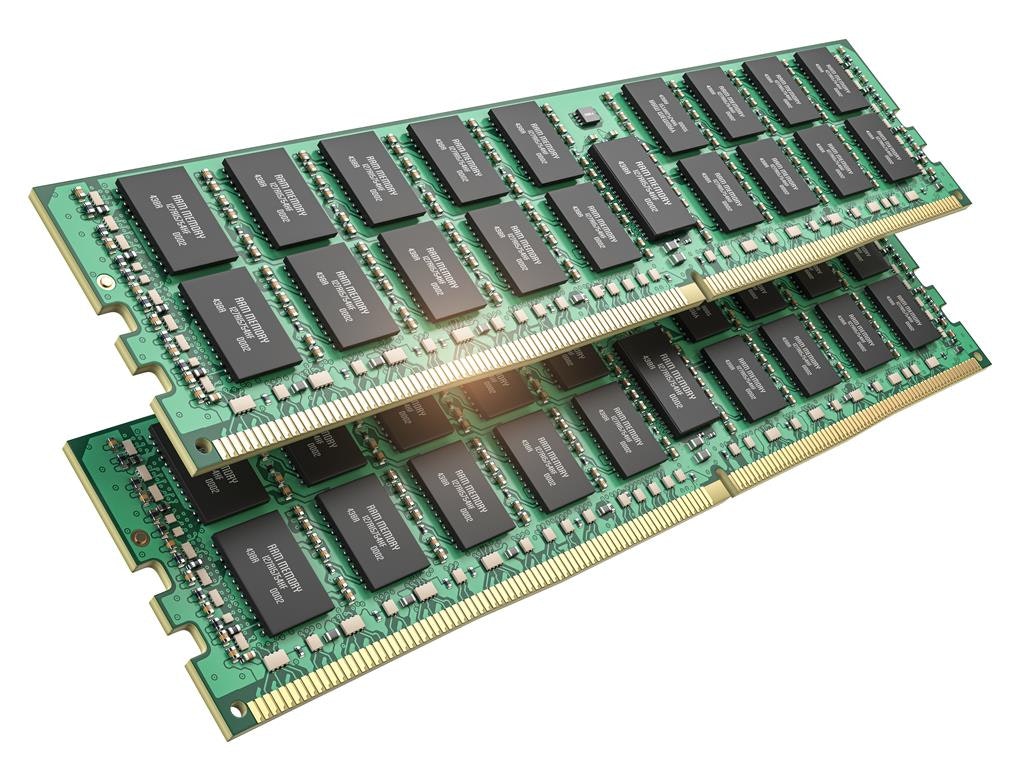The internal memory of your laptop is also called random access memory (RAM), random access memory (RAM) stands for Random Access Memory. RAM stores all running programs and processes and is responsible for the speed of your device. More RAM means a faster laptop. You can run more programs at the same time without delay. You can also switch between programs faster. But how much RAM is enough?
What is RAM?
RAM stands for Random Access Memory and is the working memory of your laptop. When programs and applications start, the processor loads parts of them into internal memory for quick access. Thus RAM works closely with the processor. The more RAM, the more data can be loaded at once for faster processing. RAM is designed for fast and temporary storage. Unlike your hard drive, RAM is cleared when you turn off your laptop. Therefore, RAM cannot be used for permanent storage, but it is ideal for active processes due to its high processing speed.
Powered by
Why is RAM important?
More RAM means your laptop will be faster and more responsive when performing tasks, especially if you have many programs open at the same time. Your laptop can then load more into memory for quick access. If there is not enough RAM available, the laptop must store data on the hard drive, which is much slower. This may make your laptop slow or even freeze.
In short, adequate RAM is important for the overall performance of your laptop. But exactly how much do you need? Let’s take a look at the RAM needs of different types of users.
Primary use
For basic uses, such as web browsing, emailing, word processing, and creating spreadsheets, 4GB of RAM is usually sufficient. This allows you to open a limited number of tabs and programs without causing too many slowdowns. Most budget and flagship laptops come with 4GB of RAM. This is great for students and other users who use their laptop primarily for school and work.
If you have many tabs and programs open at the same time or switch between apps frequently, 8GB of RAM may be better. This prevents your laptop from crashing and ensures an overall smoother experience. Also, remember that operating systems and programs require more memory over time. So 4GB of RAM can become a bit much for some tasks after a few years.
Daily and intensive use
For people who use their laptop extensively, such as gaming, photo or video editing, we recommend 8 to 16GB of RAM. 16GB is best if you want to edit a lot of multimedia content or play games at high settings, as this allows the laptop to multitask smoothly. Many popular laptops for everyday use, such as work and study, now have 8 or 16 GB of RAM as standard. This suffices for most tasks and also provides extra space for the future.
Professional and commercial use
Professional users who work with heavy software such as CAD, video editing software, or photo editing software often need at least 16GB, but 32GB is recommended. This allows you to easily multitask with several demanding applications at the same time. 32GB of RAM is also common for business use such as programming and data analysis. High-end laptops intended for professionals and businesses often have up to 64GB of RAM or more. This is especially useful when dealing with huge amounts of data.
Pay attention to the operating system
It is also important to consider your laptop’s operating system. For example, Windows 10 and 11 require more RAM than older Windows versions, so even for basic use, we recommend at least 8GB of RAM. The recommendations are similar for MacBooks. Modern operating systems and software are becoming more demanding, so more RAM provides more protection for the future.
Dual channel RAM for better performance
In addition to the quantity, the type and configuration of RAM are also important. Most modern laptops use DDR4 RAM. Please check if the RAM type is compatible with your laptop before purchasing. Dual channel RAM configurations, where you install two identical RAM modules, are also recommended. This can improve performance by allowing modules to be read and written simultaneously.
Choose upgradeable RAM
Be aware that the RAM modules found in many thin and light laptops are soldered and are not upgradable. On other models, you can add or replace RAM strips. It’s best to choose a laptop whose RAM can be expanded in the future if you think you need more. Upgradeable RAM provides flexibility and is especially useful for power users.
For example, while 4 or 8GB of RAM may seem good now, you’ll likely need more in a few years. Applications and operating systems are becoming more and more in demand. It is therefore wise to take future developments into account now. A laptop with 16GB or more of RAM is more future-proof and will last for years without an upgrade. This can save money in the long run.
Powered by

“Thinker. Coffeeaholic. Award-winning gamer. Web trailblazer. Pop culture scholar. Beer guru. Food specialist.”







More Stories
Comet Tsuchinshan-Atlas is ready to shine this fall
Sonos isn’t bringing back its old app after all
Indiana Jones and the Great Circle is coming to PS5 in spring 2025